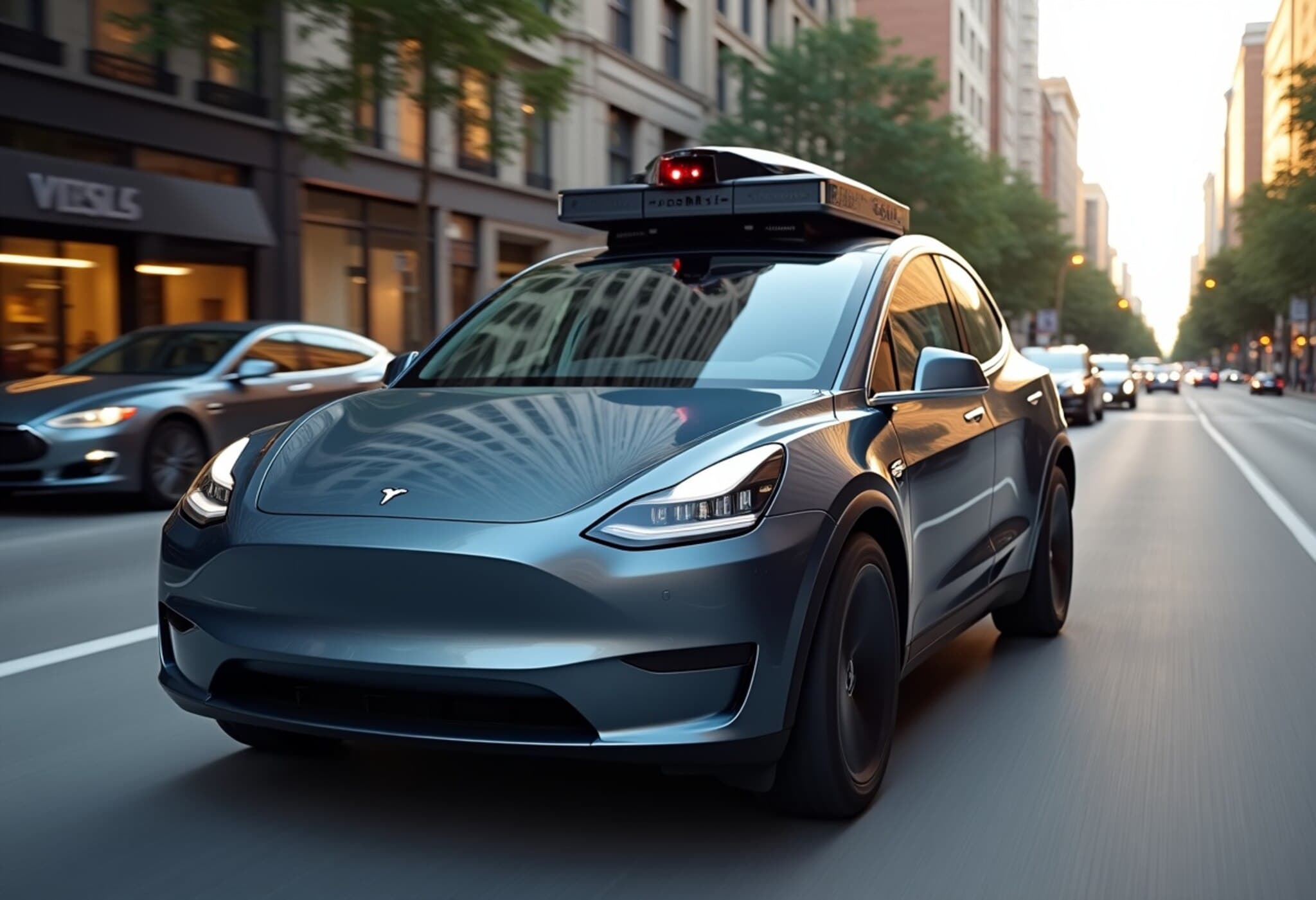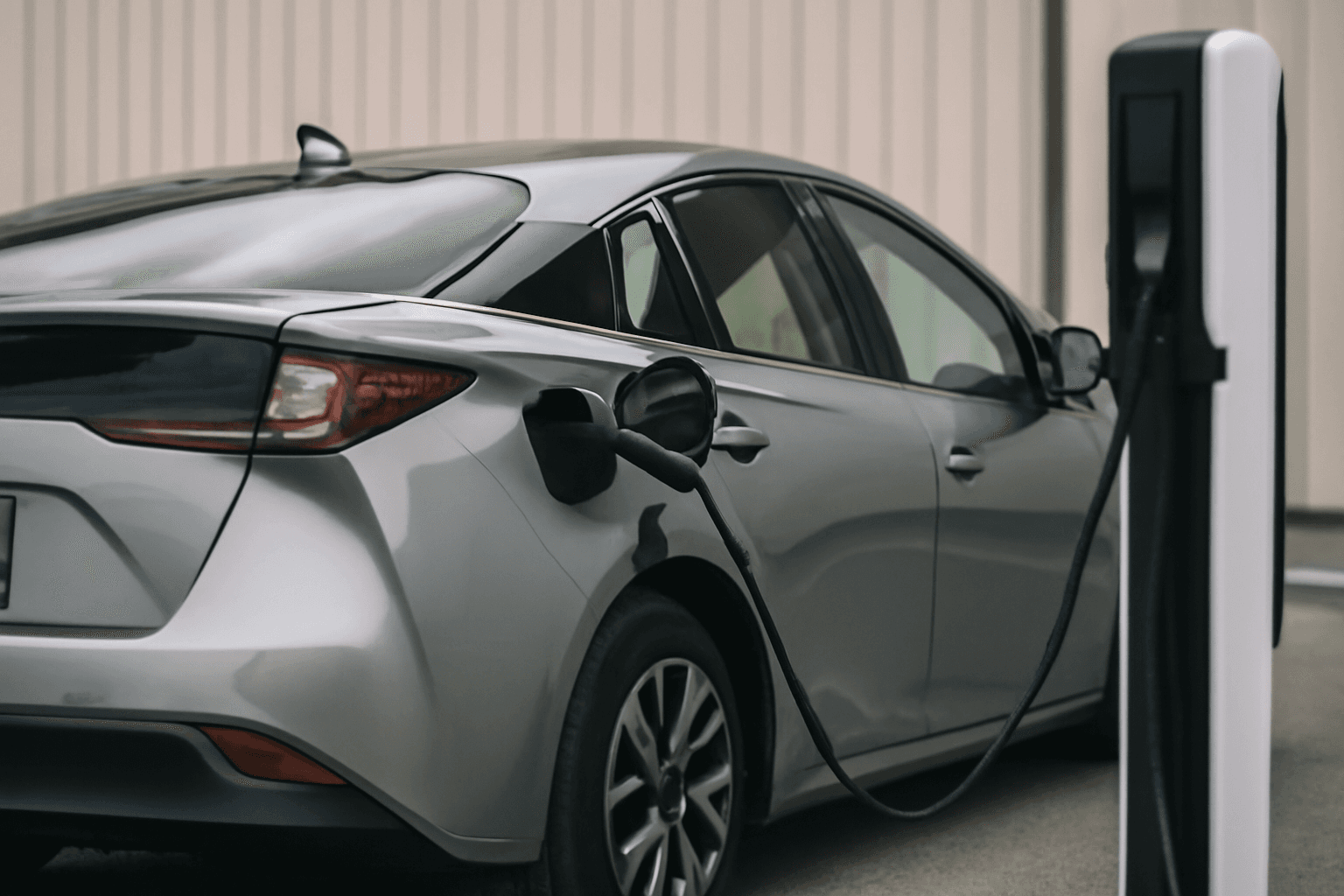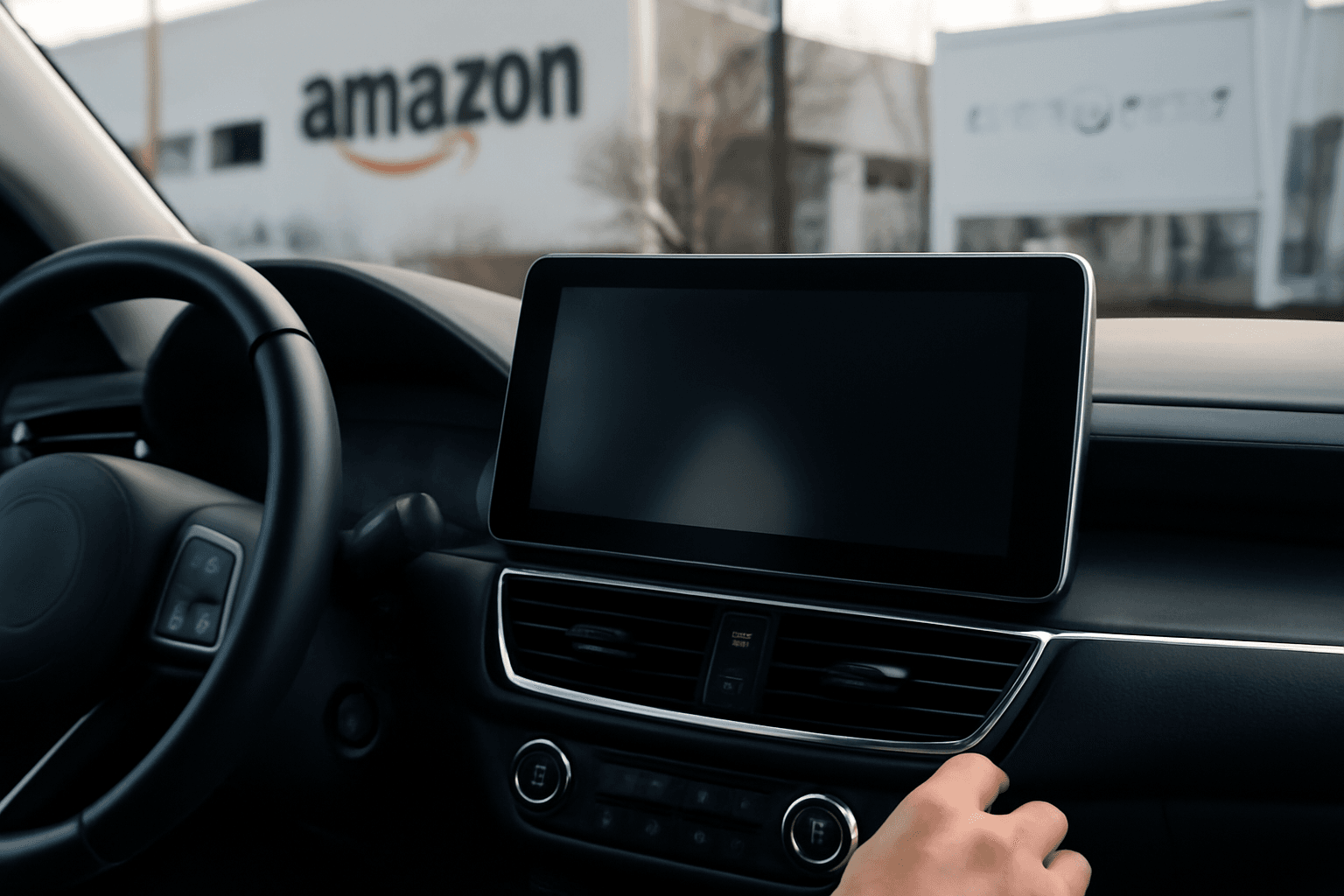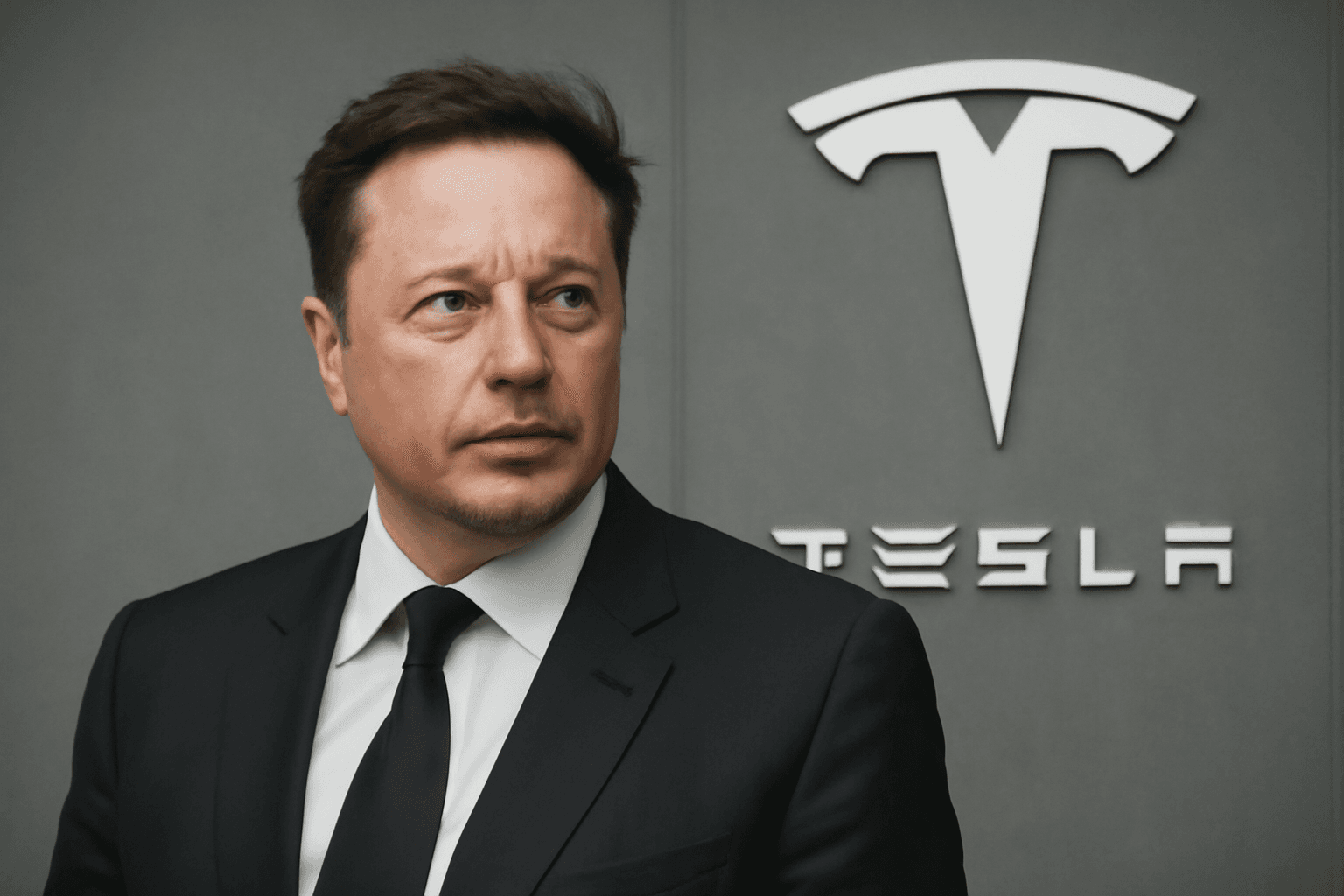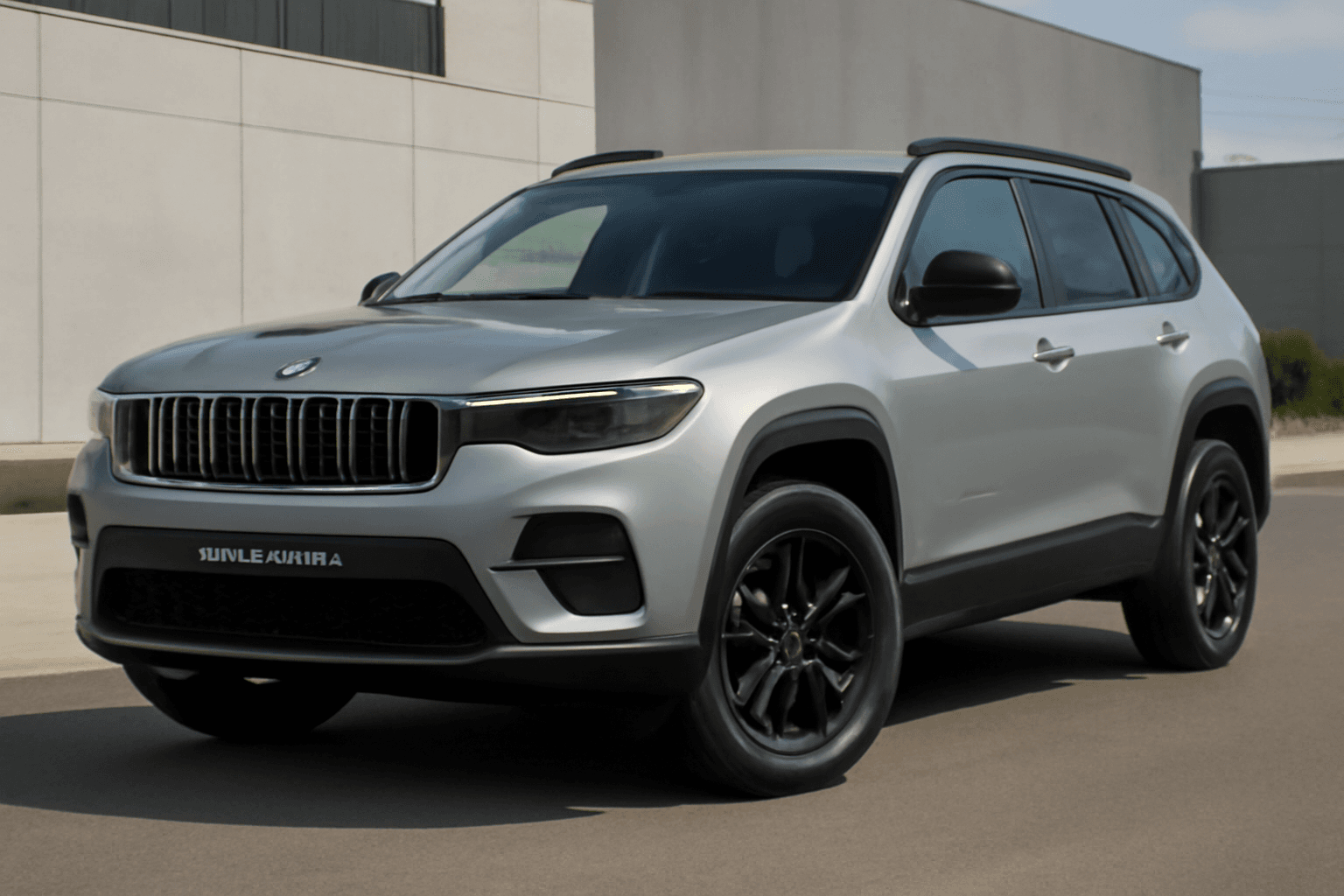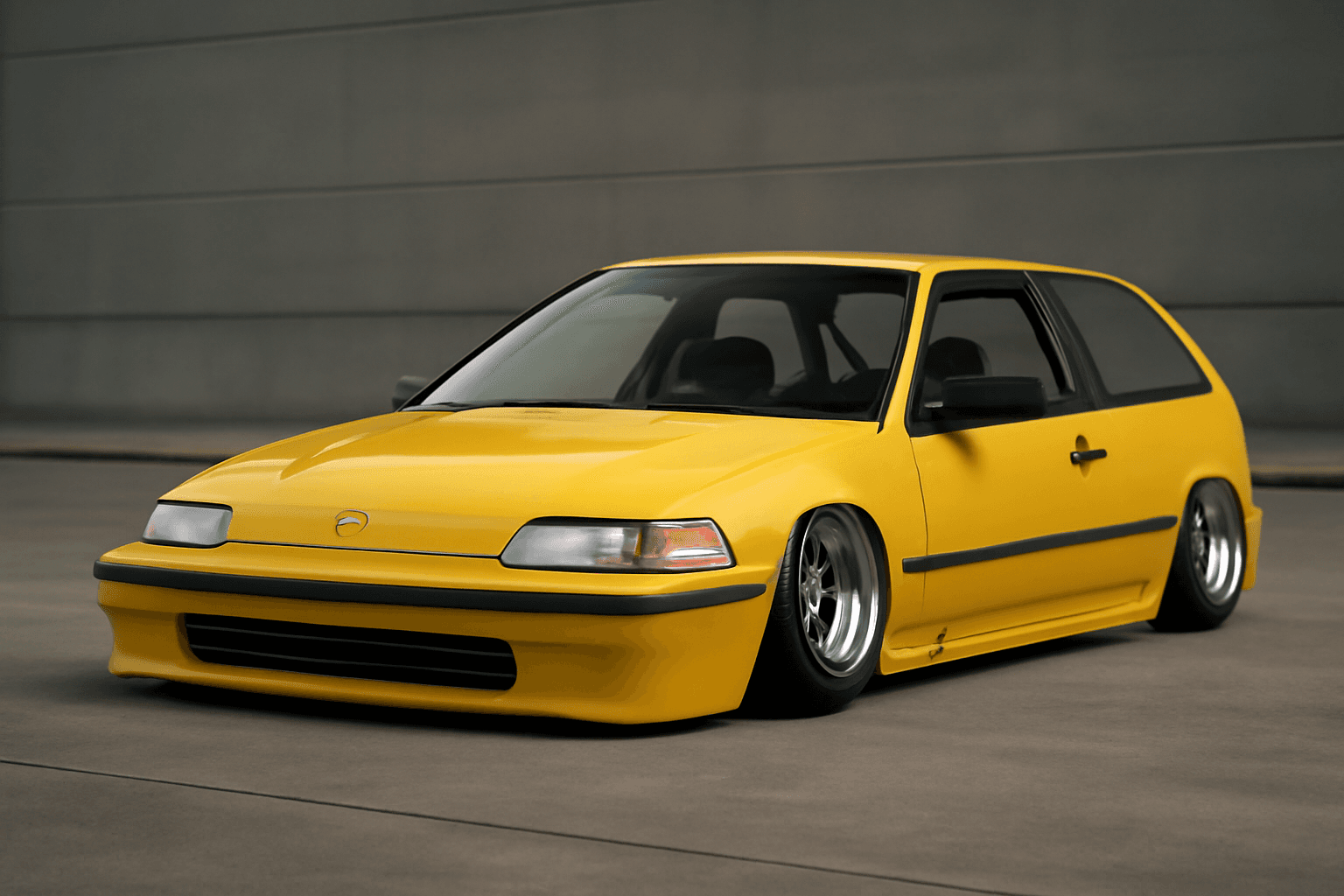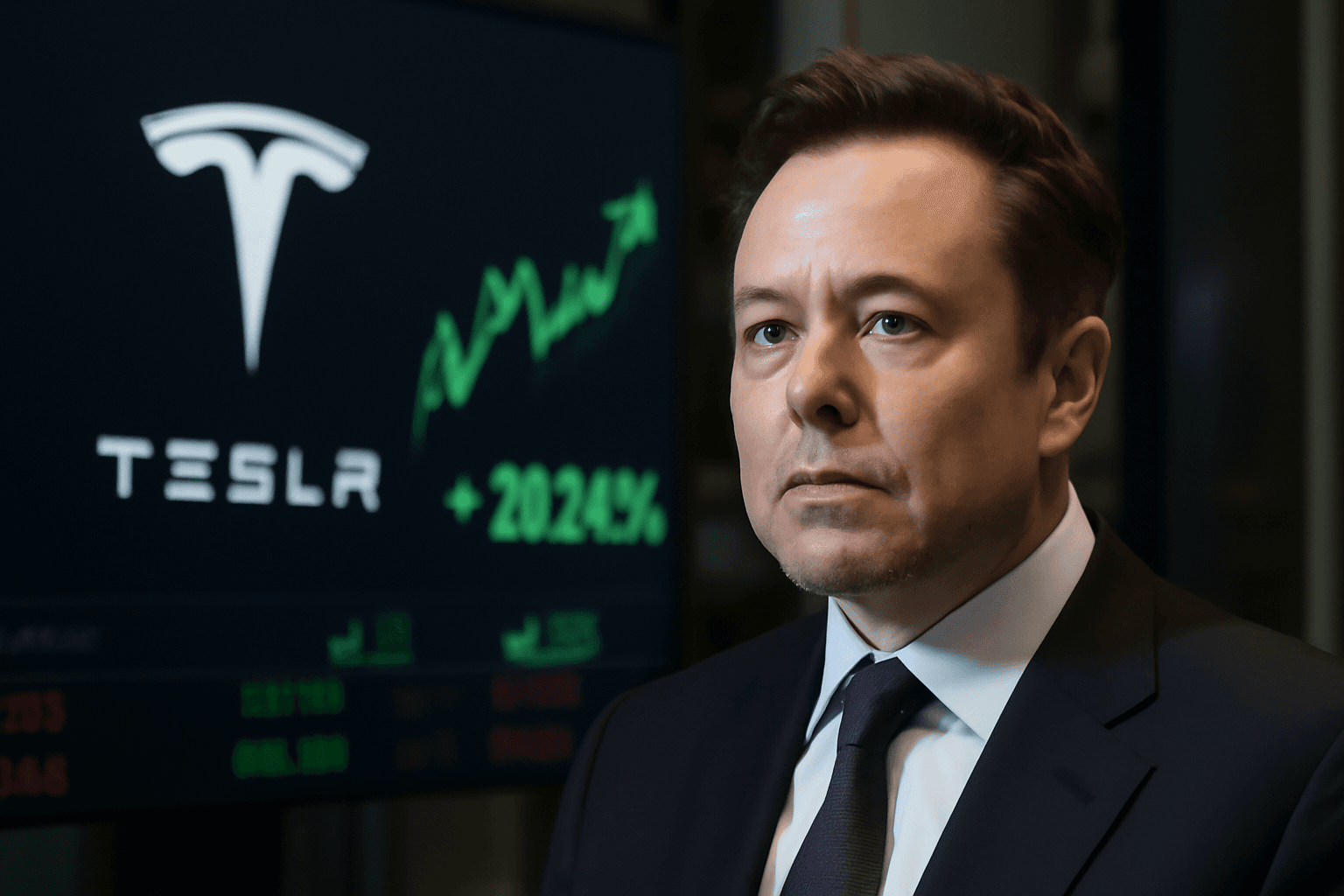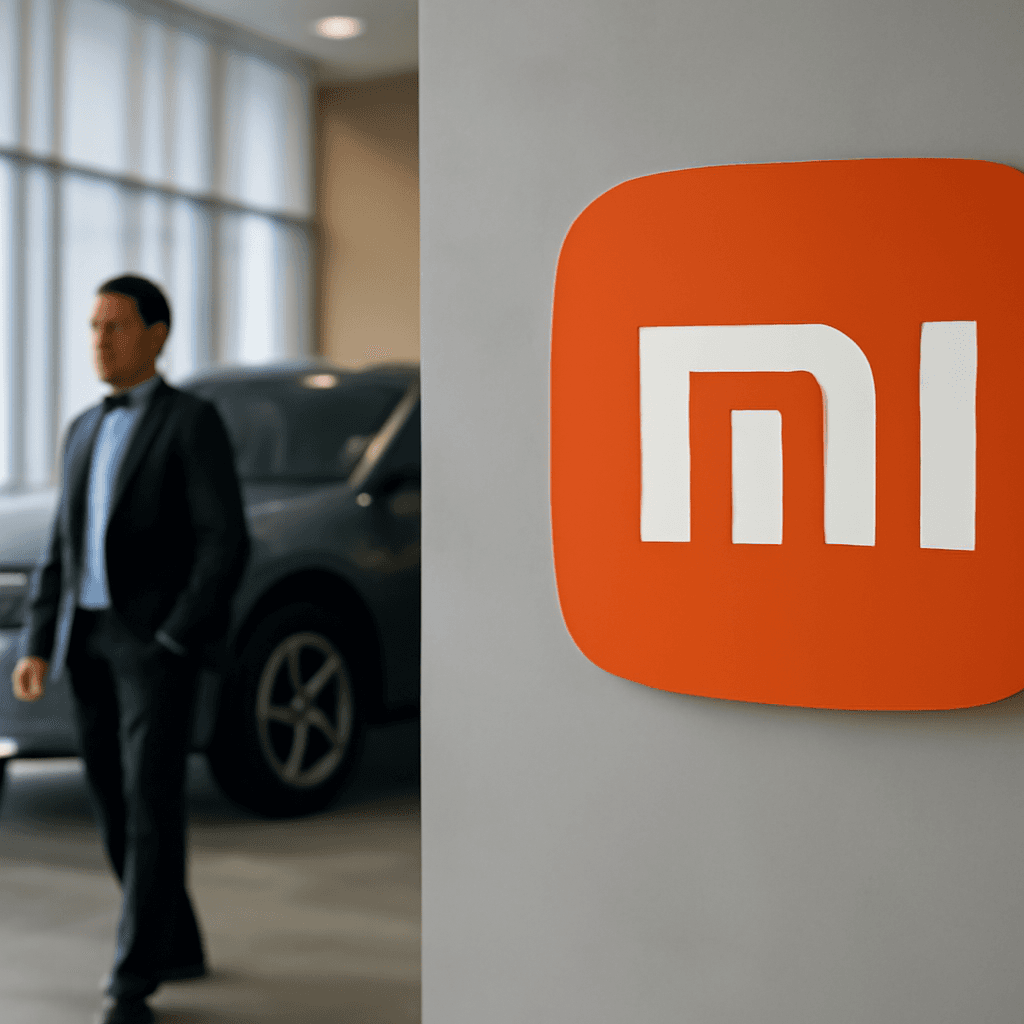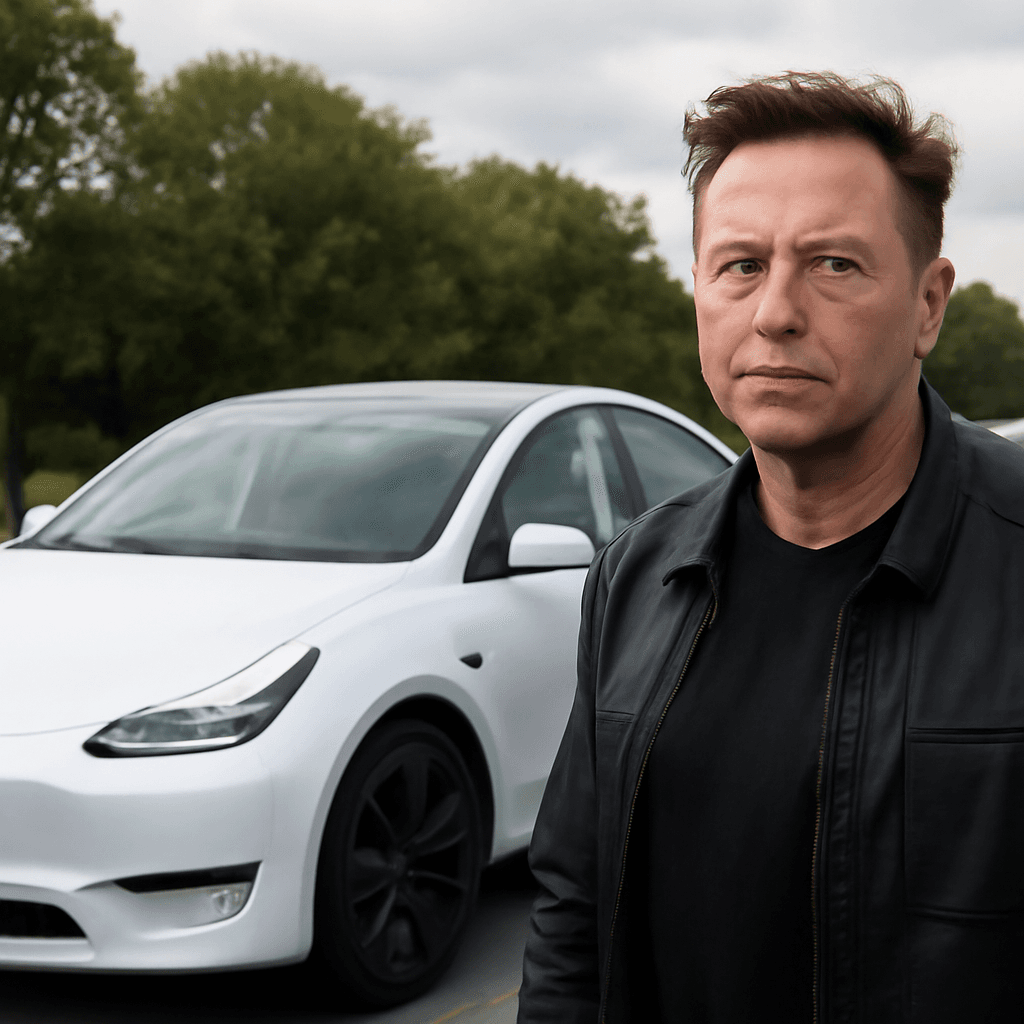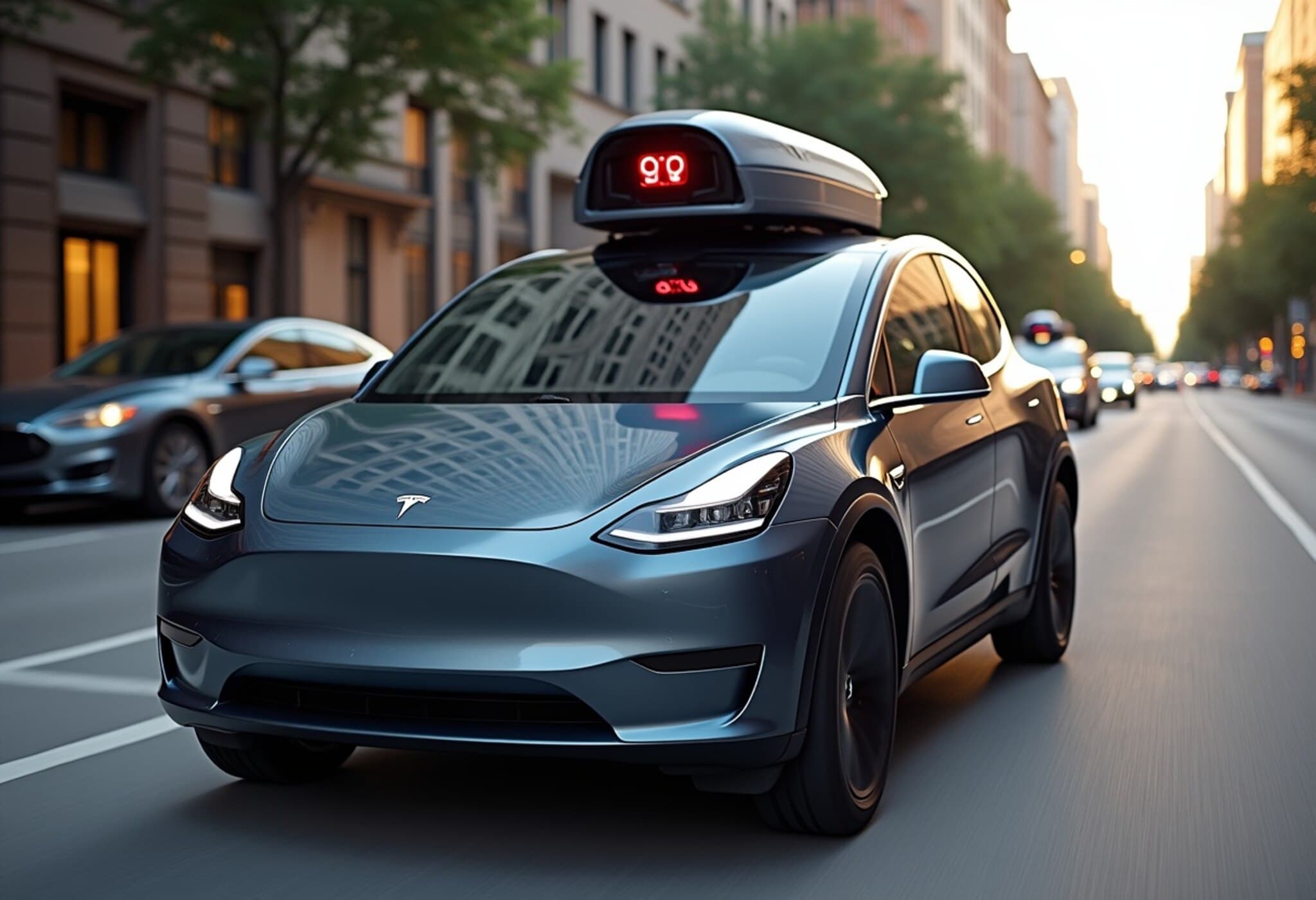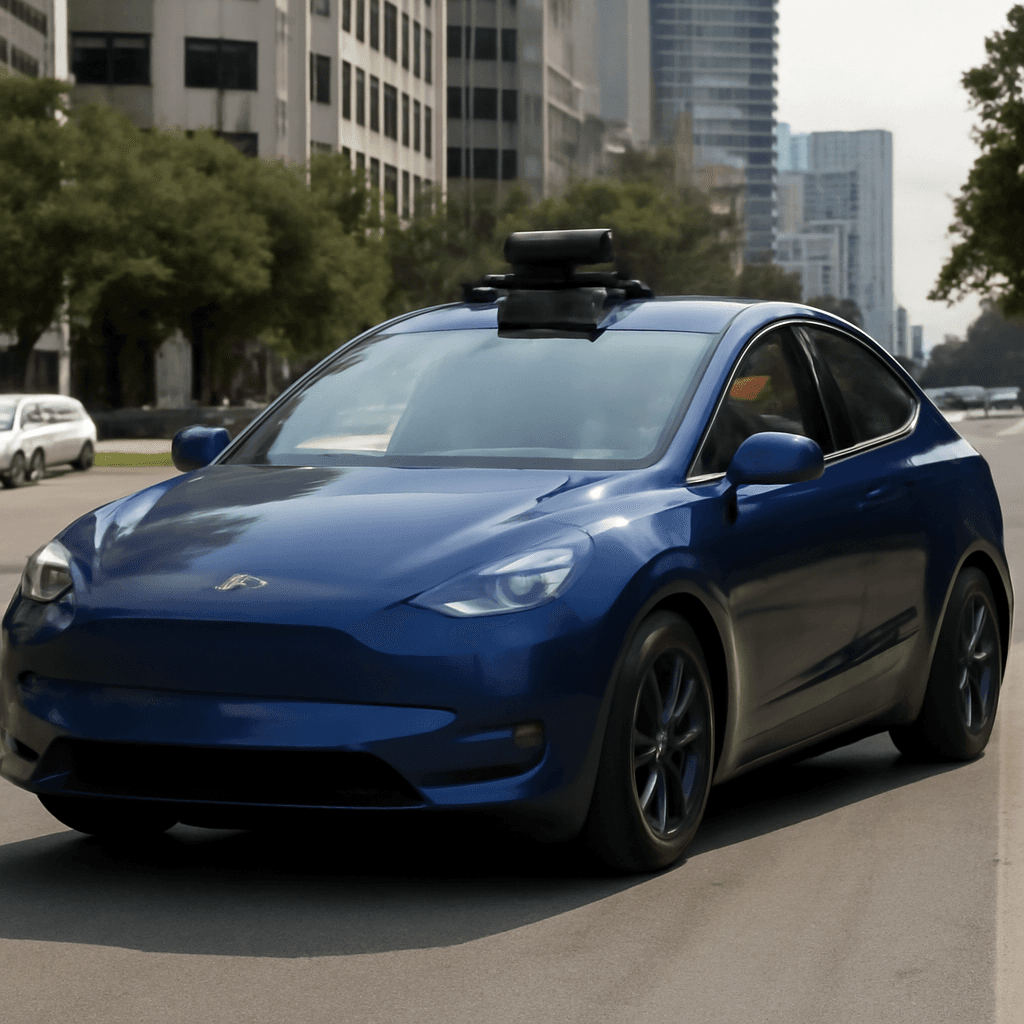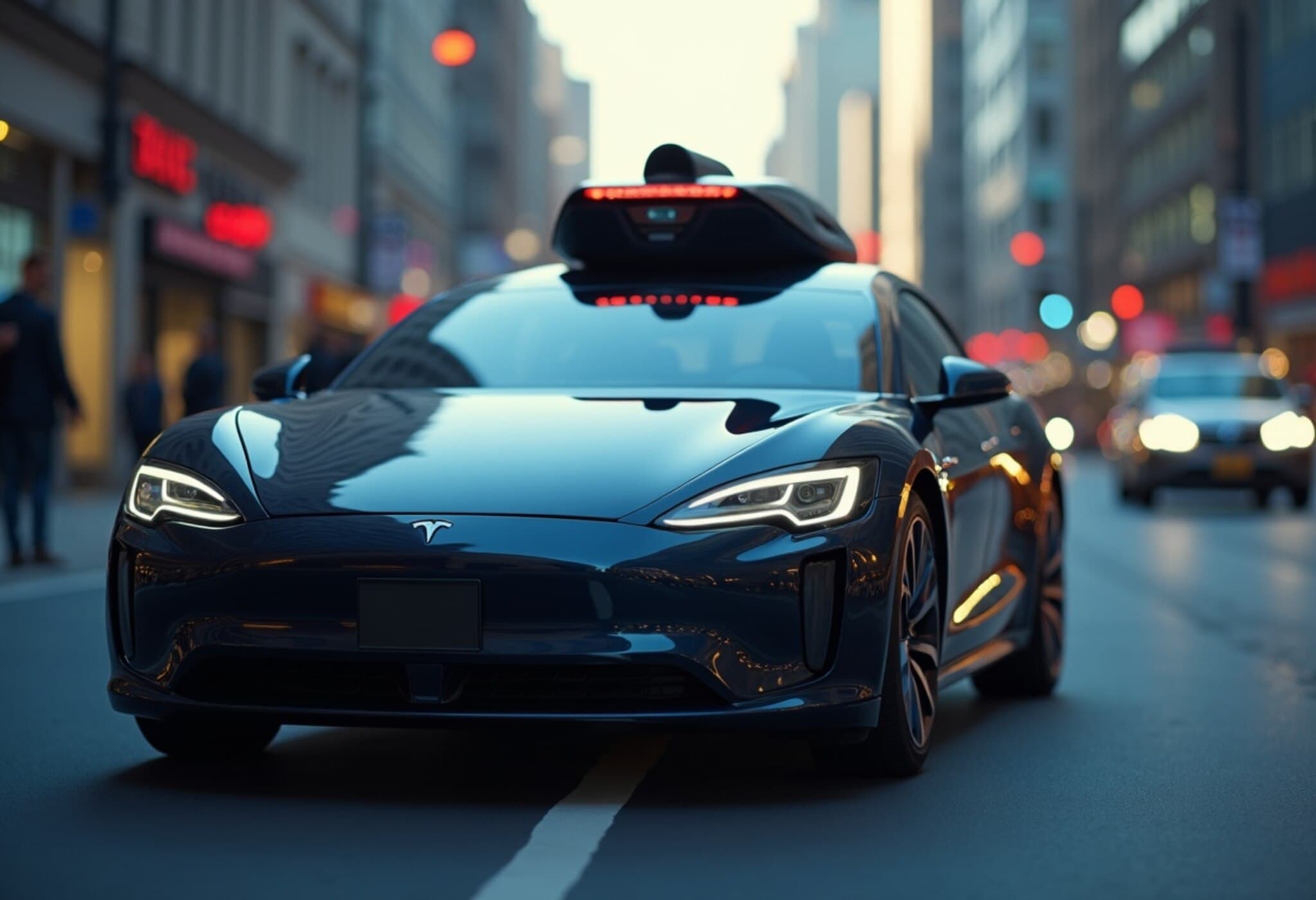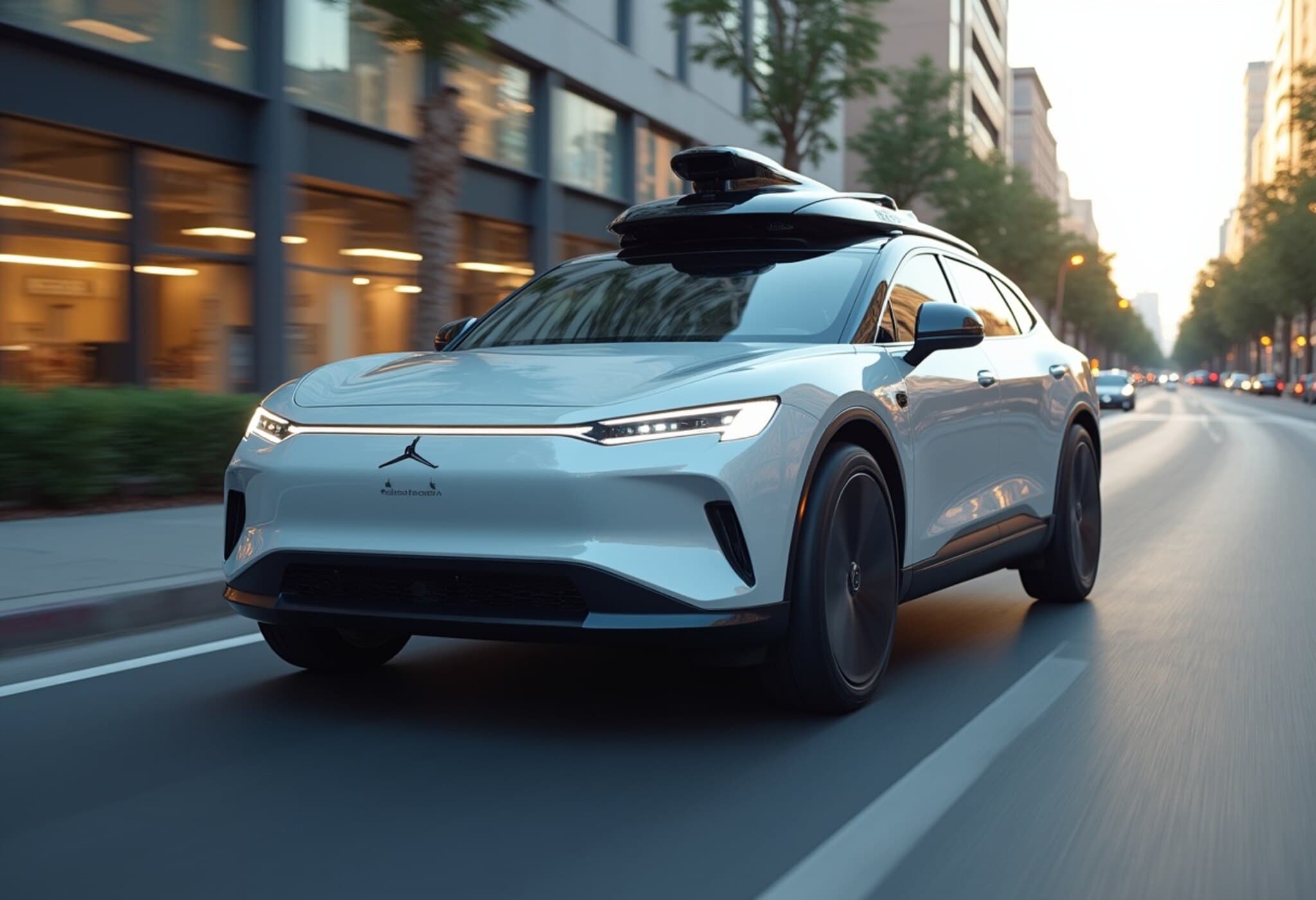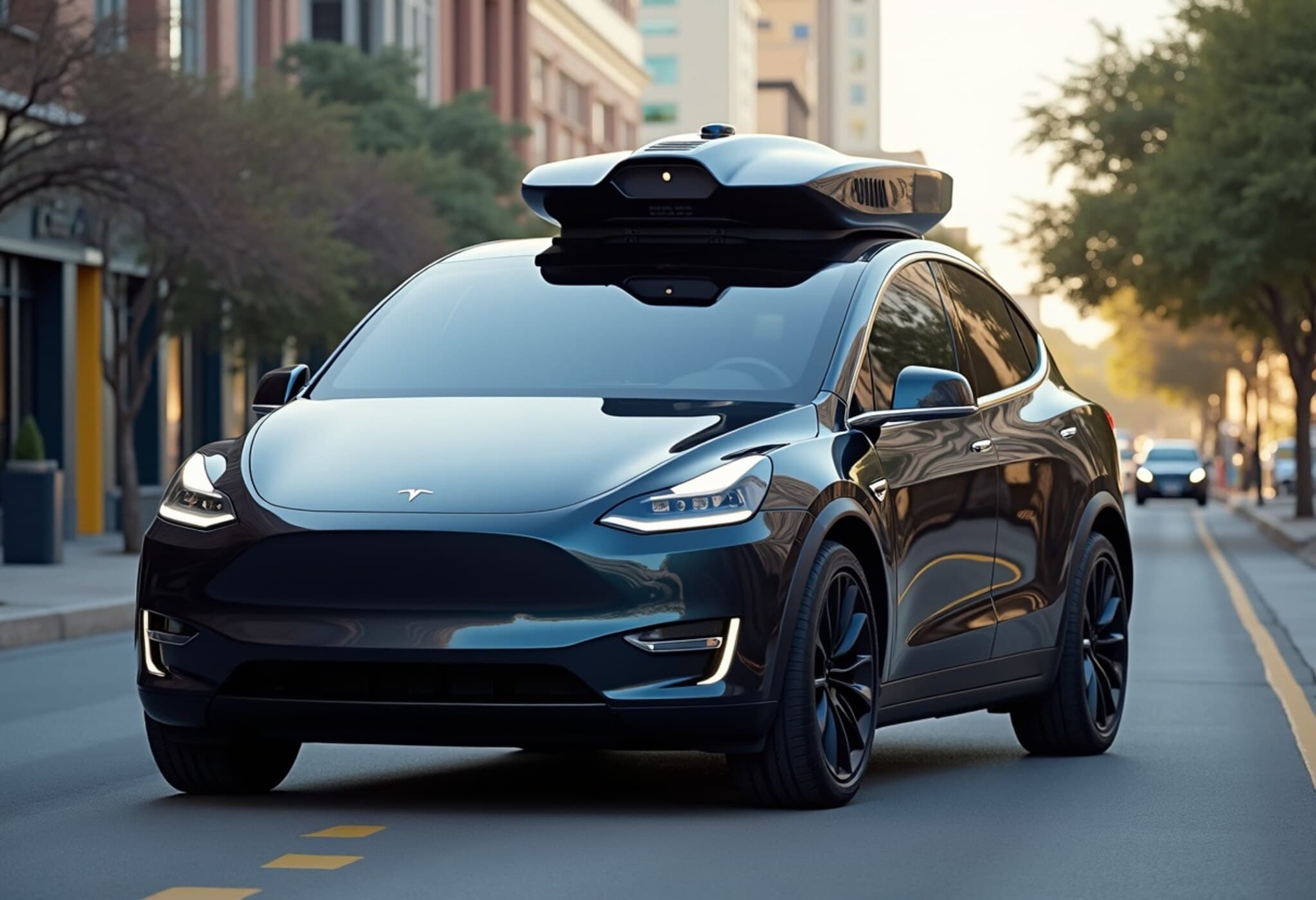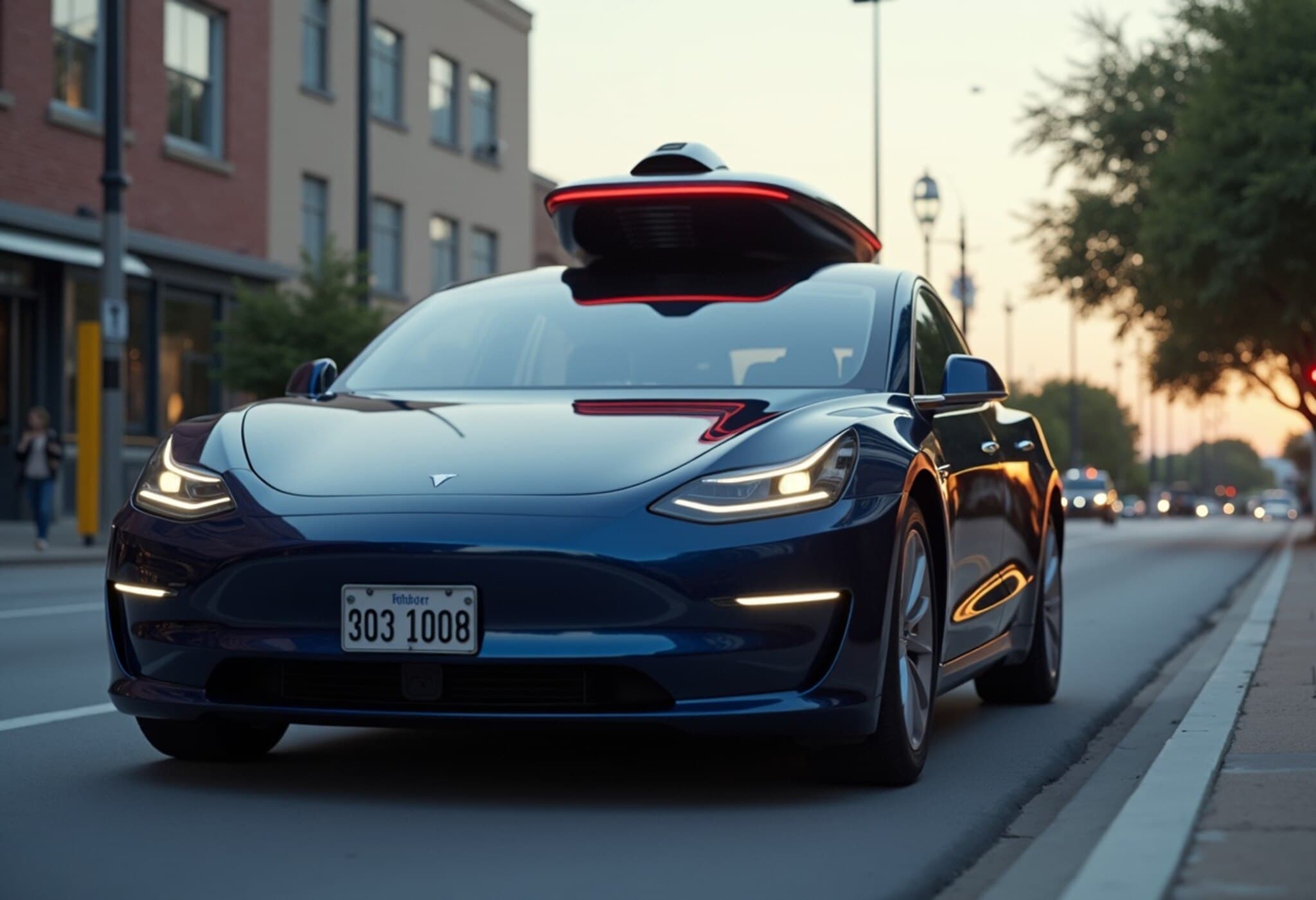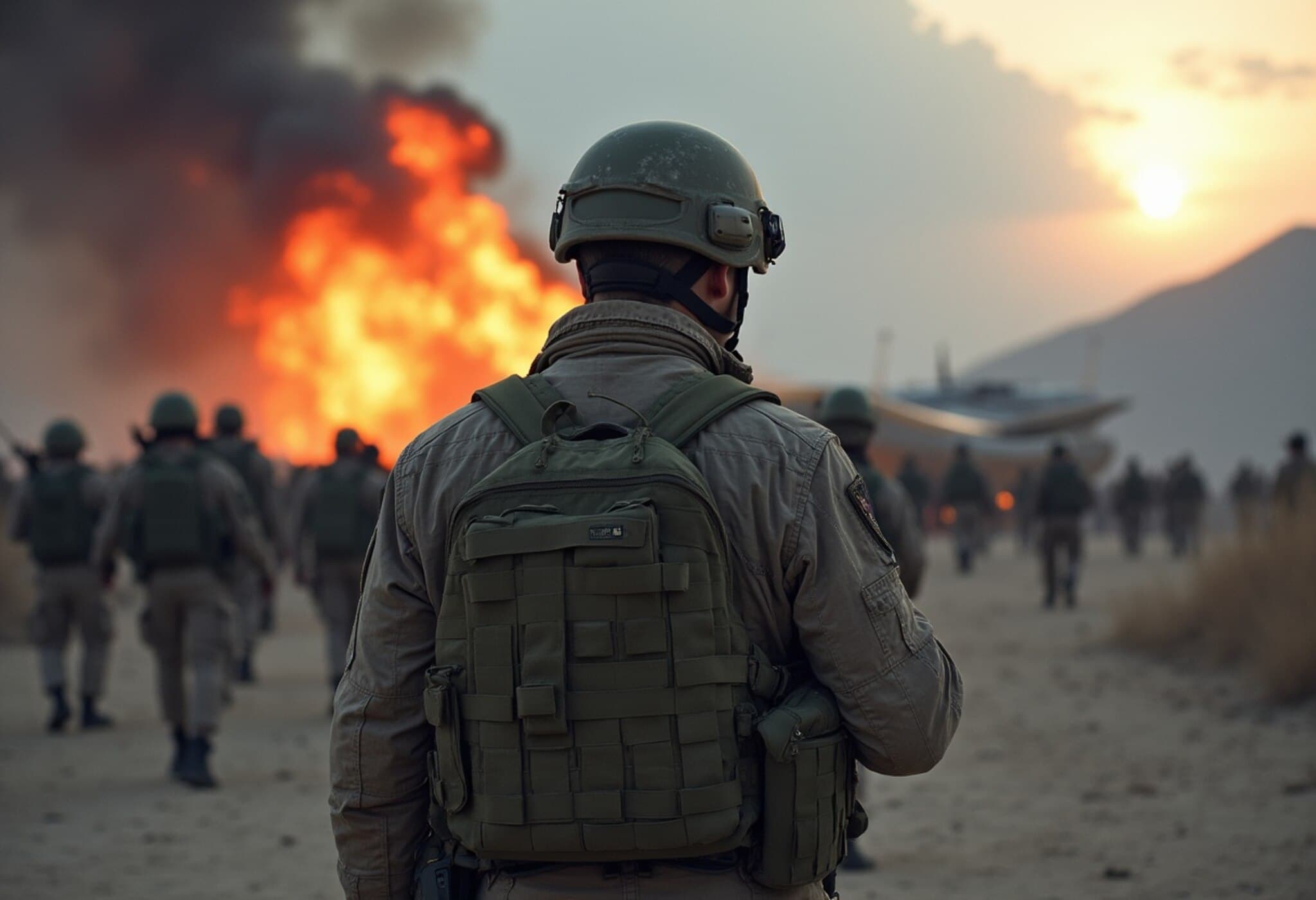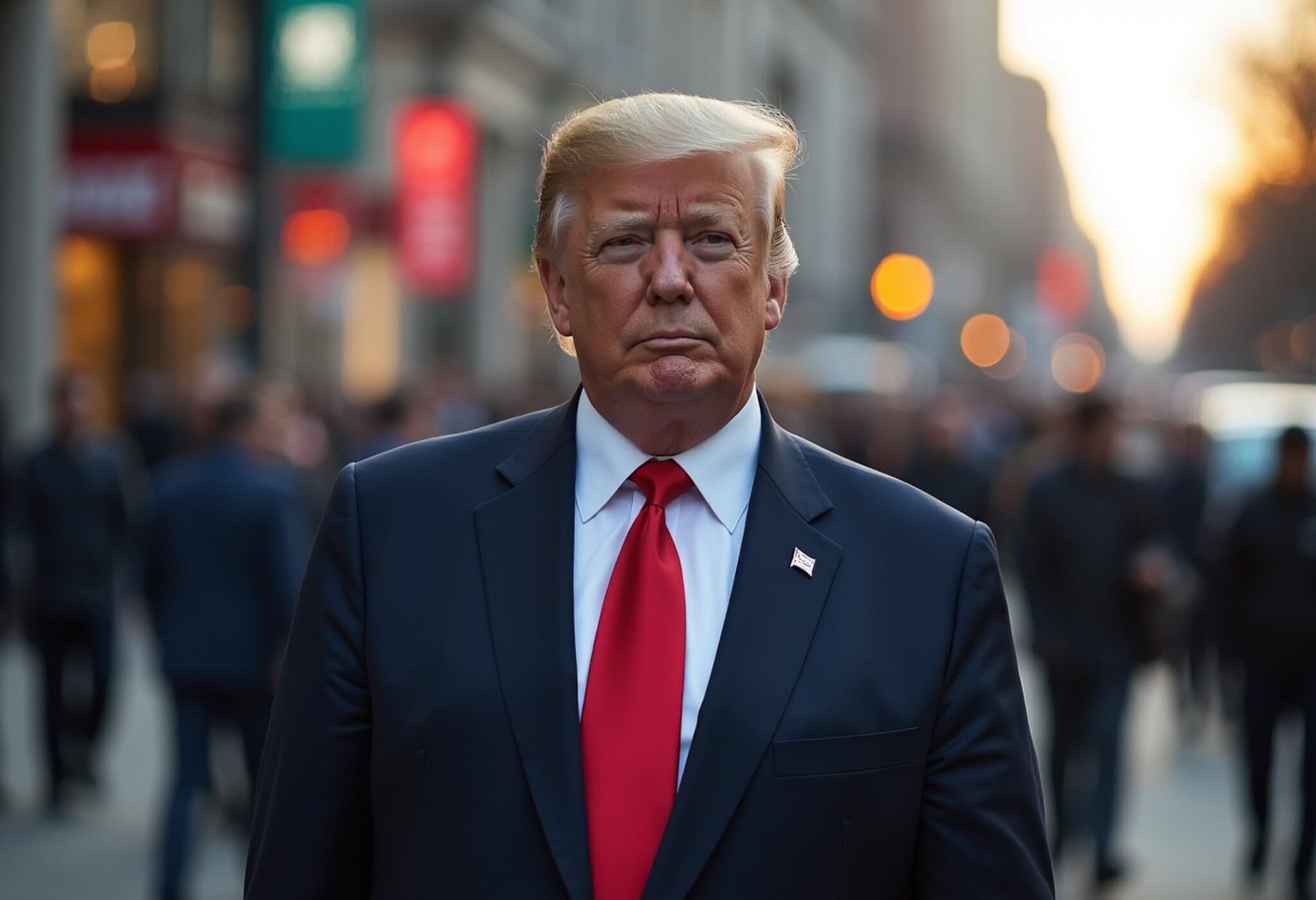Regulators Respond to Tesla’s Robotaxi Mishaps in Austin
In a striking development last weekend, Tesla introduced a limited robotaxi service in Austin, Texas, deploying 10 to 20 Model Y vehicles equipped with its latest driverless technology. However, what was meant to showcase Tesla’s autonomous capabilities instead drew sharp scrutiny when videos surfaced online showing erratic and concerning behavior by these driverless cars.
Chaotic Footage Raises Eyebrows
Several widely circulated videos captured Tesla’s robotaxis driving the wrong way down streets and navigating unusually around stationary police vehicles, reportedly causing confusion and potential hazards amid regular traffic flow. These clips quickly caught the attention of the National Highway Traffic Safety Administration (NHTSA), prompting the agency to reach out to Tesla for more details about the incidents.
In response, NHTSA confirmed it is actively communicating with Tesla to acquire additional information. While the agency emphasized that it does not pre-approve new vehicle technologies, it stressed its role in investigating any possible safety defects and taking necessary measures to ensure public safety.
The Robotaxi Pilot Program
Tesla's new robotaxi initiative is operating as an invite-only early access program, open exclusively during daylight hours and in good weather conditions. Each vehicle carries a human safety supervisor in the front passenger seat to monitor journeys programmed with Tesla’s most advanced Full Self-Driving (FSD) Unsupervised software and hardware system.
This cautious rollout includes fewer than two dozen vehicles and is aimed primarily at Tesla advocates and supporters, who have agreed to participate under Tesla's stipulated terms.
Investor Reaction and Broader Context
Despite the controversy, Tesla shares experienced an 8% uplift on the day of the launch, reflecting investor optimism about the company’s autonomous ambitions. Yet, this milestone contrasts starkly with Tesla CEO Elon Musk’s earlier promises. Over the past decade, Musk has made multiple claims forecasting full autonomy within a few years and predicting a fleet of a million robotaxis by 2020—none of which have come to fruition.
Meanwhile, competitors are rapidly advancing. Alphabet-owned Waymo recently surpassed 10 million paid rides, while Chinese firms like Baidu’s Apollo Go, WeRide, and Pony.ai continue expanding their commercial autonomous fleets.
Looking Ahead: Safety and Innovation in the Robotaxi Race
Tesla’s foray into robotaxi services signals a significant move in the evolving autonomous vehicle landscape, yet it also underscores the challenges companies face in ensuring seamless, safe driverless operations on public roads. The regulatory spotlight remains intense as NHTSA continues its ongoing inquiry into Tesla’s automated driving technologies following previous crashes.
As robotaxi services grow, balancing innovation with rigorous safety oversight will be critical to winning both regulatory approval and public trust.

